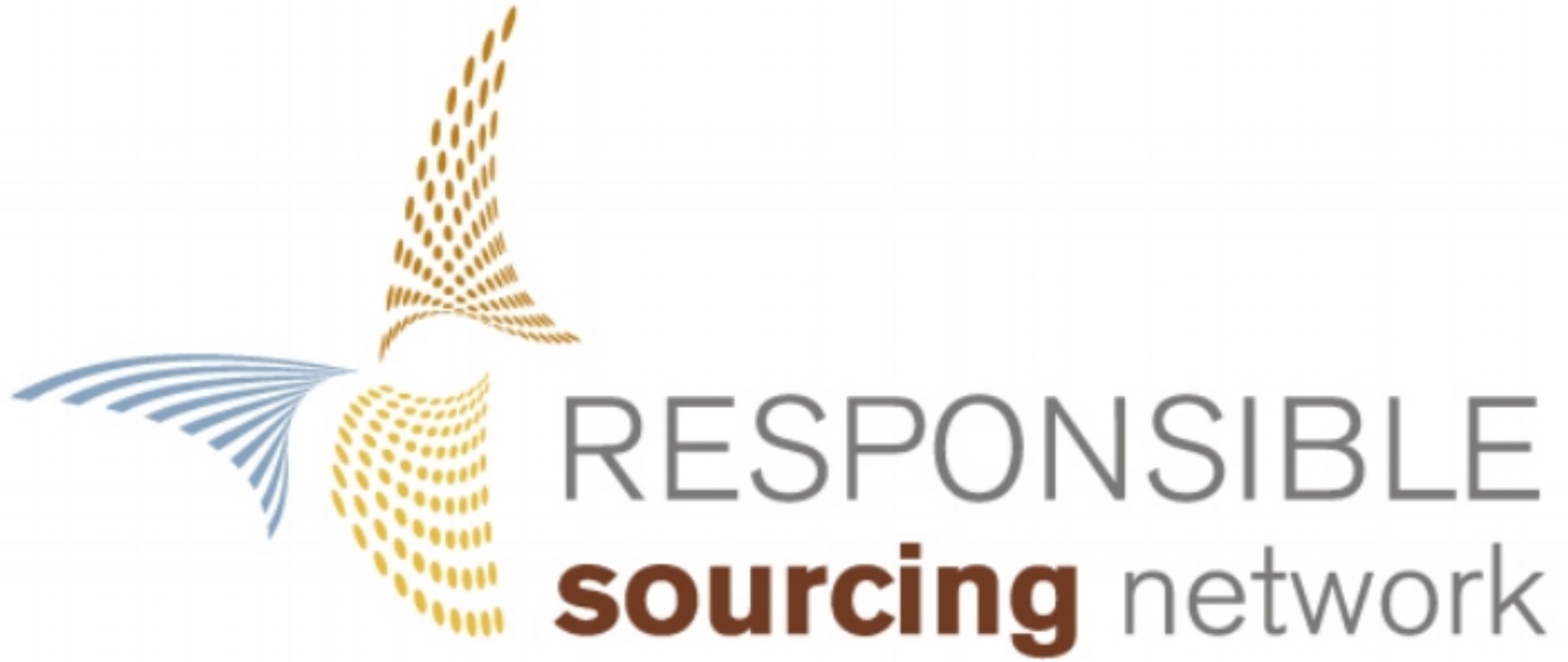OECD’s Draft Garment Due Diligence Just Released

Report open for comment through March 7, 2016
OECD’s Due Diligence (DD) Guidelines have started to become the norm for how companies should identify, prevent, and account for the human rights risks in their business practices and supply chains. They are aligned with and support the UN Guiding Principles for Business and Human Rights and are starting to be written into laws. Two examples of legislation that are now referring to the OECD DD Guidelines are Dodd-Frank 1502 on Conflict Minerals and the UK Modern Slavery Act.
Over the past few years, the OECD has started to gather input from diverse stakeholders and issue sector-specific guidance for various industries. Just released is a draft of the Due Diligence Guidance for Responsible Supply Chains in the Garment and Footwear Sector. It is open for public consultation through March 7, 2016.
OECD’s Draft Garment Due Diligence Guidance lays out the expectations and specific actions companies can – and should – take to identify, prevent, and account for adverse, or negative, impacts in their supply chains and with their business practices.
Due diligence starts with “Identify” - a basic mapping and understanding of the greatest risks to the most egregious adverse impacts for a company. An easy place to start is to look into your supply chain and observe what products you are sourcing from which countries. Are any countries you are sourcing from include products for those countries listed on the DOL List of Goods Produced with Child and Forced Labor? If so, you are likely exposed to risk and need to investigate more thoroughly. You shouldn’t stop at just first tier suppliers, you need to understand where the raw materials in your products originate and see if those products/countries are on the DOL List. You need to do this investigation and assessment with your suppliers’ suppliers, their suppliers, and their suppliers until you reach the harvesting, mining, and collection level. For example, “cotton” and “cotton seed” is listed on the DOL list for “forced labor” in nine countries, including China, India, and Pakistan.
Step two is “Prevent and Mitigate.” If you have identified actual or risk of adverse impacts in your supply chain, you need to make sure your own company and your suppliers have policies and procedures to address, prevent, and mitigate adverse impacts. The company may have to implement specific procedures to mitigate adverse impacts, or it may have to train and build the capacity of its suppliers to address the adverse impacts. The company should analyze its own business practices, such as its procurement or approval procedures, to determine if it is causing or contributing to the adverse impacts.
Step three is “Account.” Companies must document the risks and impacts that exist and how they are addressed. Accounting for due diligence practices can include: establishing baselines, determining key performance indicators (KPIs) and goals, tracking improvement over time, and reporting out to its stakeholders on incidences, challenges, and improvements.
Information on “Management Systems” and “Remediation,” along with greater detail on the above three steps specifically for the garment and footwear industries can be found in the OECD draft due diligence guidance.
If as a clothing or footwear company you haven’t starting taking a due diligence approach to managing your supply chains, this is a great time to start! Review the OECD’s draft guidance and use it to determine how to implement the guidance into your daily business practices- you’ll be one step ahead of any future legislation that will require it.
